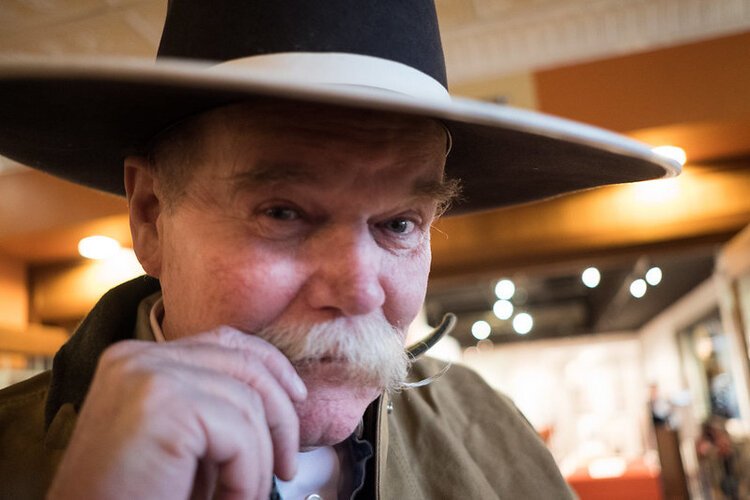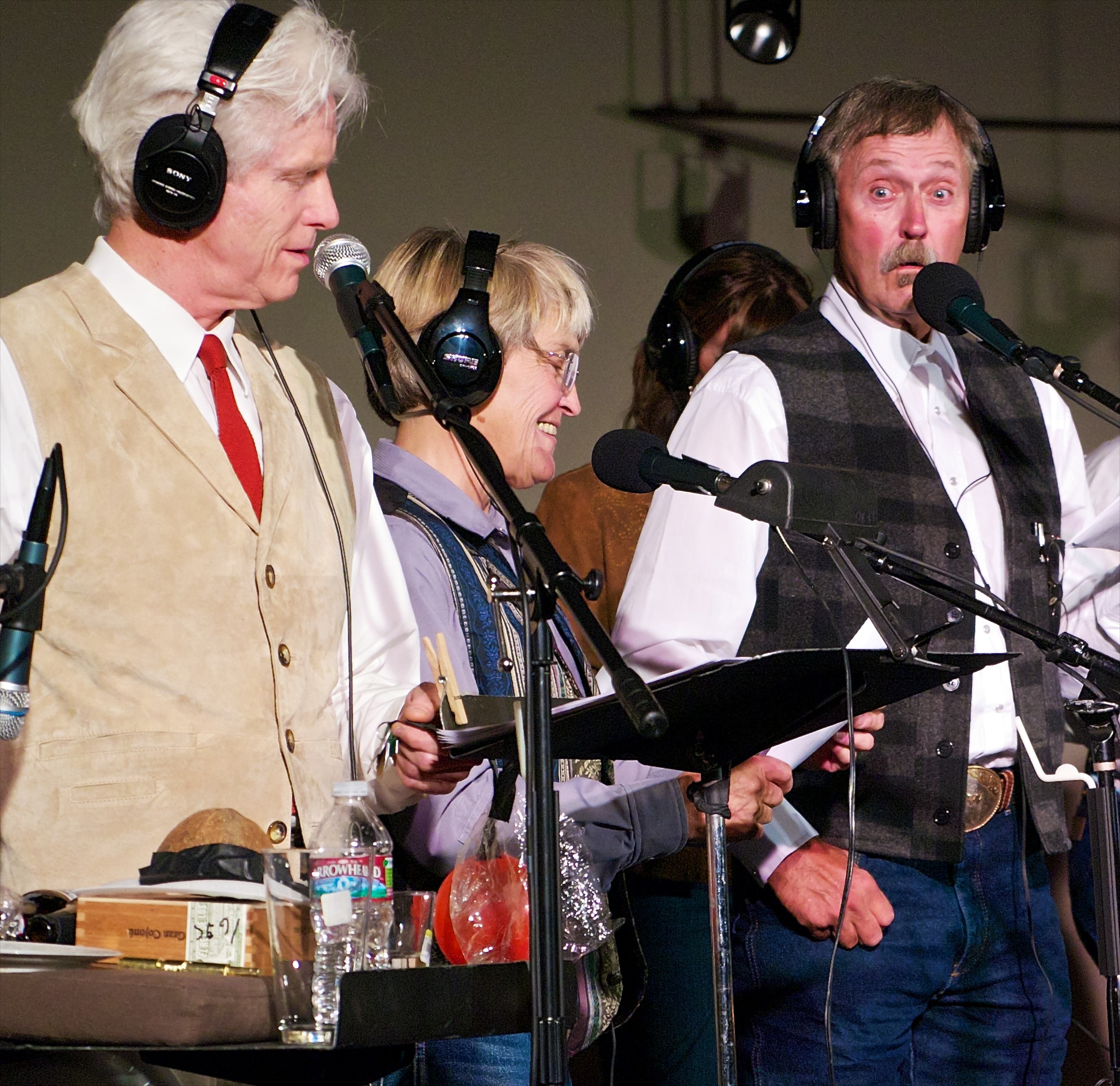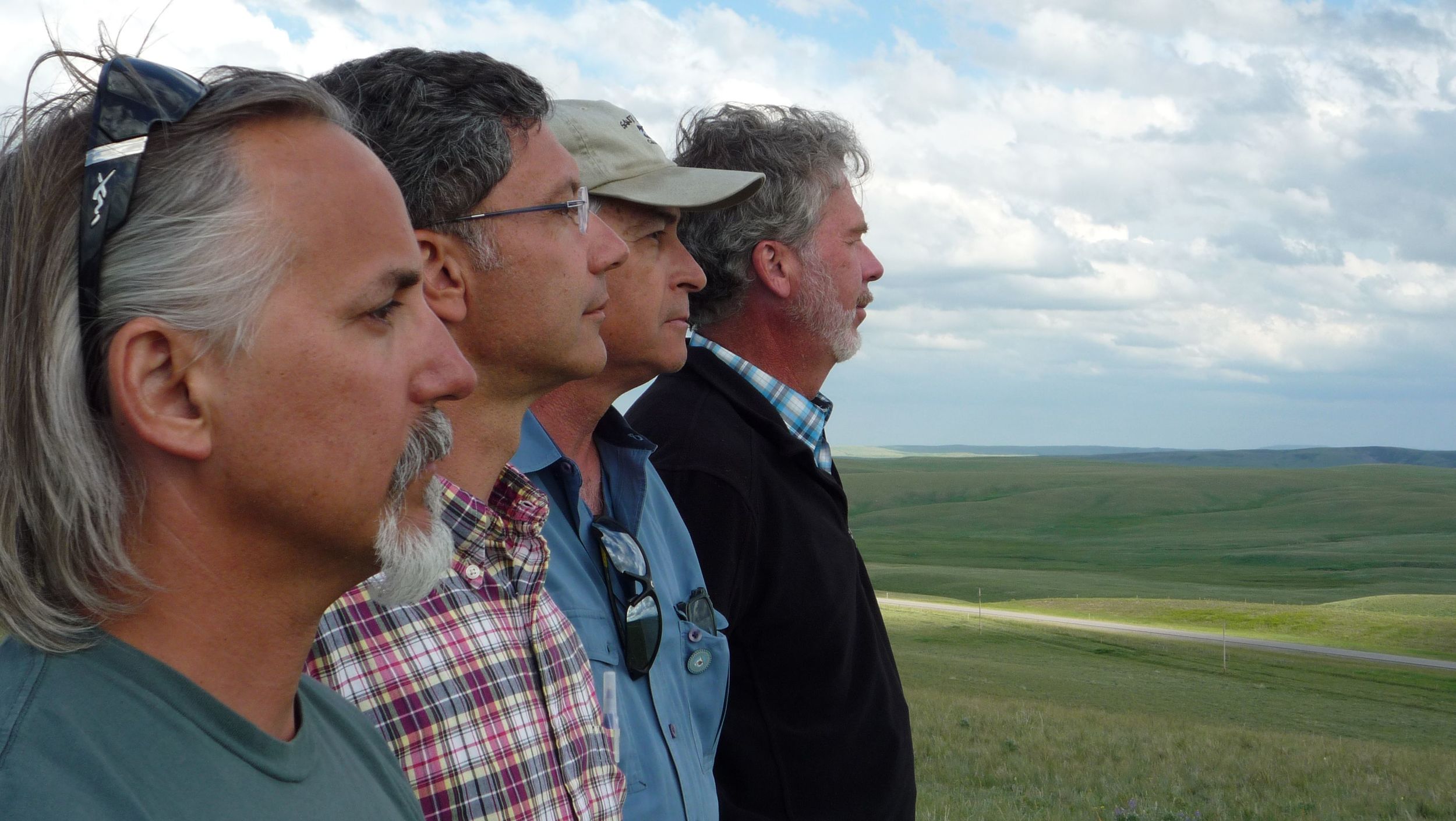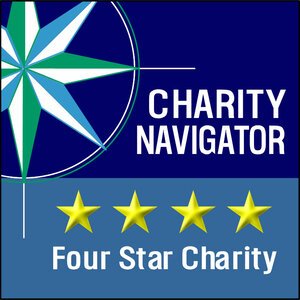Submitted by Taki Telonidis
As I explained in last week's blog post, we experienced a lot of snafus while filming Healing the Warrior's Heart. Yet, almost every snafu was counterbalanced with an unexpected positive development.

My second example involves the Medicine Man who’d been working with Martin Connelly, the returning veteran we follow in our show. After interviewing Martin during the July shoot, I stayed in touch with him over the coming months. Every two or three weeks I’d give him a call, and often speak with his mother as well. We built a relationship, and in early fall I asked if we could visit him again and he agreed. Since returning from deployments in Afghanistan and Iraq, Martin had been working with an elder named Leo Pard who conducts sweat lodge ceremonies for returning veterans on the reservation. I was interested in interviewing Leo and perhaps filming him working with Martin. Martin was willing to do this for us, but his permission wasn’t enough; we also needed the okay from the Medicine Man.
Martin gave me Leo’s phone number up in Canada and I called him one afternoon. Leo was pleasant and polite, and I could tell he had a sense of humor…but he would not talk about his ceremonial work with veterans over the telephone. I remember him saying something like, “I’m old fashioned, and our ceremonies are not something I can discuss over the telephone with someone I don’t know. I need to meet you in person, look into your eyes, and feel what’s in your heart.” I explained that I lived more than 800 miles away, and that it wouldn’t be possible for me to make an extra trip up to Canada just to discuss the possibility of interviewing him. He insisted that those were the conditions, however; and I ended up scheduling our second trip to the reservation not knowing if he’d even agree to an interview.

In early November, I drove up to the reservation two days before our Director of Photography Doug Monroe was due to fly in. This was so I could pay my visit to Leo up in Canada and hopefully close the deal. On the day after my arrival, Martin and I drove several hours to one of the most remote locations I’d ever seen, and I’ve been to some pretty isolated places. Our visit with Leo and his wife lasted three hours, and in the end he agreed to allow us to attend the upcoming ceremony he was going to do with Martin, as long as we followed his rules about what we could and could not shoot. Basically, we could record the preparation for the ceremony, but once he and Martin entered the lodge, we had to turn the camera off. We were set…
…until a freak storm that dropped 18 inches of snow forced Leo to postpone his trip by a day. Thankfully, the next day arrived and it was perfect, and true to his word Leo came down from Canada and met us at Martin’s house. We all got goose bumps when we realized the date was November 11th…Veterans Day. The heavy snow had inundated the lodge, and there was quite a bit of work to do to prepare the structure. Martin was behind schedule, so at first, there was a fair amount of tension in the air as Doug recorded the preparations, and he and I tried to be as unobtrusive as possible. As we got closer to the ceremony, though, Leo and Martin loosened up and we were able to collect great footage, and also do an interview with Leo next to the lodge. When it came time for the ceremony, Leo allowed Doug to record a prayer he says before entering the lodge, and then the plan was for Doug to leave the immediate area and collect some landscape shots. I was asked to join Leo, Martin, and Martin’s uncle Humphrey inside the lodge for the sweat. So Doug left, and I entered the lodge and sat between Martin and Leo. I soon realized that Leo was gazing at me intently, and I began to feel quite uncomfortable. Our eyes met, and after a few moments, Leo’s stare turned into a smile. “So, Geronimo (he could never remember my name), where’s your cameraman?” I explained that I’d sent him away as per our agreement. “Well,” said Leo, “there’s a few things I’d like to say before the ceremony actually starts, and he is welcome to enter the lodge and record them.” Given the sensitivity that normally accompanies Native ceremonies, such an invitation is extremely rare, if not unheard of.
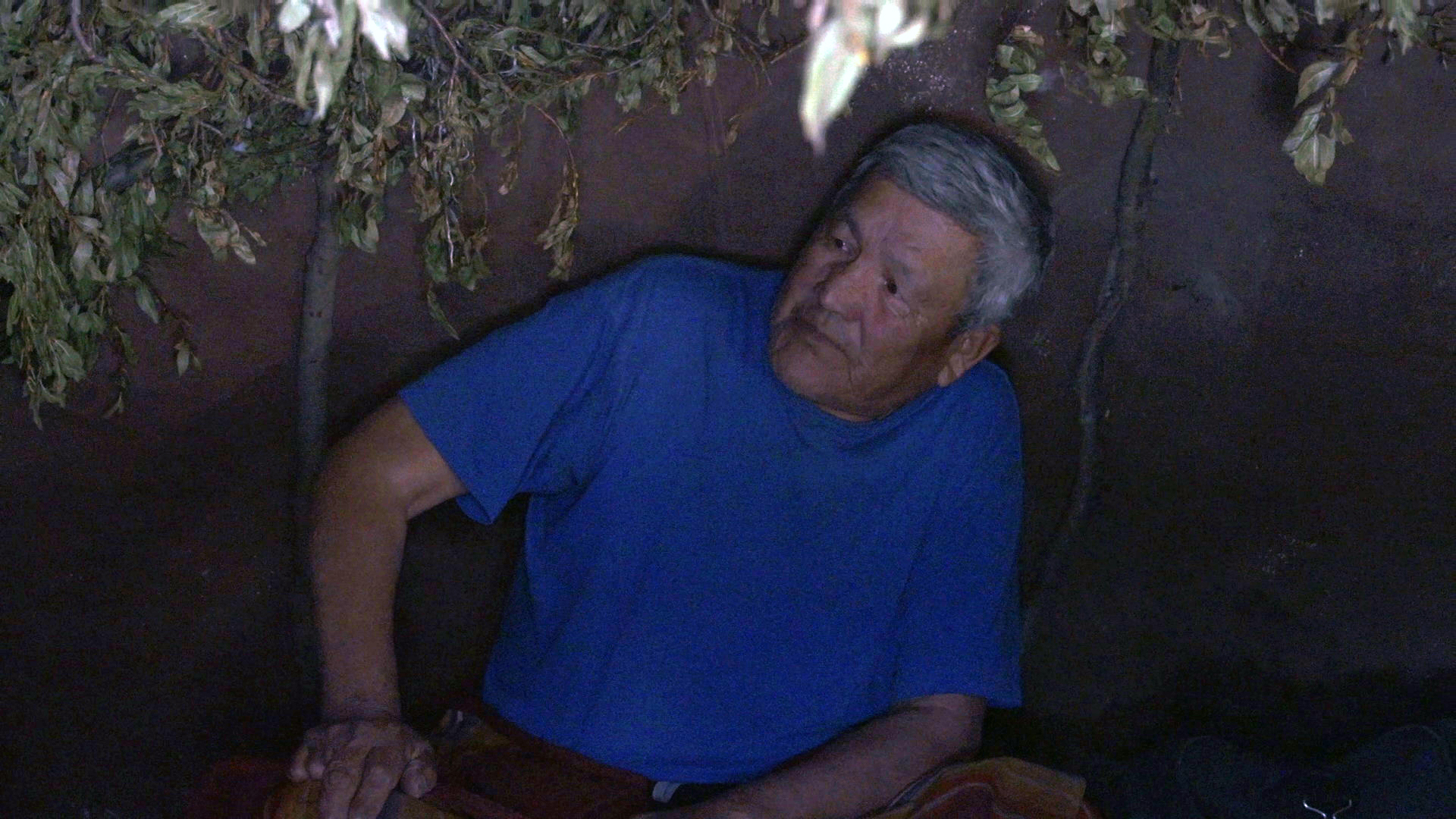
It was an unexpected gift that I could never have imagined, even as a Plan A.

